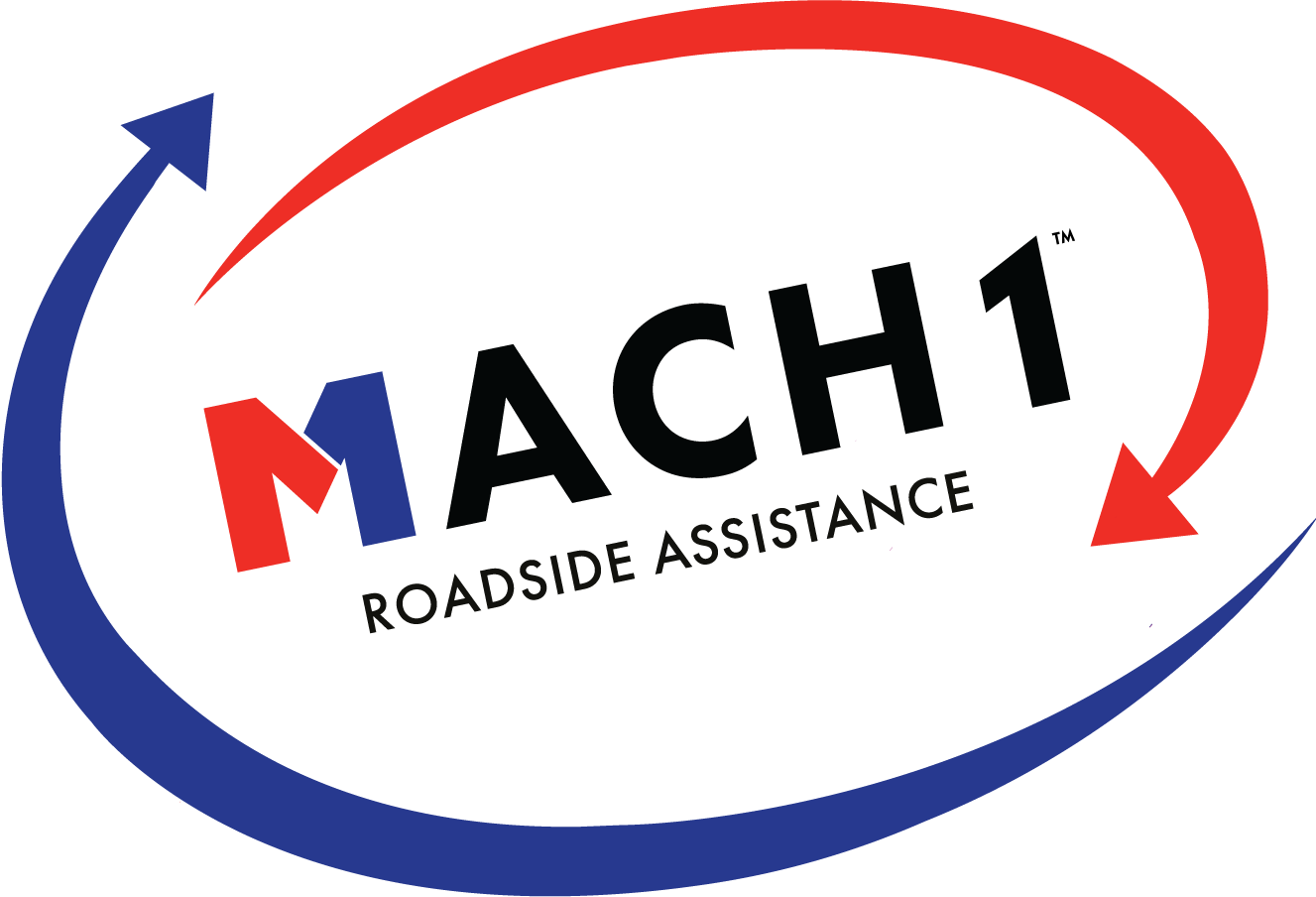
18 Nov The Top 6 Things to Look for in a Pre-Trip Inspection for your Truck
Commercial truck drivers have an immense amount of responsibility, even when they’re not on the road. You must ensure that your vehicle is always in proper working condition by performing a detailed evaluation before each trip. However, commercial trucks are so massive and complex that it can be challenging to remember each element to review during your inspection.
When performing a pre-trip inspection, one must do the following:
- Check for problems under the hood.
- Ensure the truck is not leaning.
- Make sure the cabin is safe.
- Check that the brakes are working properly.
- Look for flaws in the coupling system.
- Look for defects in the trailer.
As a commercial truck driver, you are legally expected to validate that your truck is in excellent working condition before operation while you are in “on-duty not driving.” As you perform your review, follow along with a vehicle inspection report and note any defects or other points of concern you observe. Specific things you need to look out for (and how to look for them) are discussed below.
The Top 6 Things to Look for in a Pre-Trip Inspection
Though it may feel like just another responsibility on your shoulders, performing a pre-trip inspection could save you a substantial amount of money if any issues are found, reduce your liability, and help avoid issues such as:
- Fines from the Department of Transportation (DOT)
- DOT audit violations
- Lowered CSA (Compliance, Safety, Accountability) score
As you perform your pre-trip inspection, ensure that none of the following issues pose a threat to your truck’s performance and safety. (Source: American Truck Business Services)
Check for Problems Under the Hood
Your pre-trip inspection should always begin at the front of the vehicle. When checking under the hood, keep in mind that there are several components you will need to examine to perform a thorough evaluation of the truck’s engine compartment.
Problems in or near the engine could spell disaster for your vehicle, especially if they are not rectified right away. So, this is a non-negotiable portion of the pre-trip inspection. This part of the assessment begins before you even touch the vehicle.
Without lifting the hood, you’ll first need to see if any fluids are leaking onto the ground below. Fluids to check for include (Source: J-Tech):
- Fuel
- Oil
- Power-steering fluid
- Coolant
- Windshield washer fluid
Once you have confirmed that there is no fluid under the truck, you will need to move on to the engine compartment itself. To confirm that there are no problems under the hood that may present a risk to your and other motorists’ safety, follow the steps below (Source: Trucking Truth):
- Remove the oil dipstick to ensure that oil levels are at a safe operating level.
- Verify that the following elements are not cracked, bent, or broken. Also, confirm that they are securely installed and are not leaking.
- Oil fill tube
- Turbo
- Alternator, along with its belt and wires
- Water pump
- Radiator and hoses
- Fan shroud and blades
- Frame
- Make sure that the antifreeze is at a safe operating level.
This represents only part of what you should be reviewing as you are looking for possible complications under the hood. For more on what you should be looking for at this stage of your examination, see Trucking Truth’s full engine compartment pre-inspection checklist.
Ensure Your Truck is Not Leaning
It is best to perform this part of the assessment at the front of the truck immediately after (or during) your hood check. It’s easiest to notice any unevenness in the truck’s position while standing directly ahead of it, rather than trying to examine it from the side or elsewhere. Stand straight up and look at your truck head-on to ensure it is not leaning to one side or another.
If you are not confident enough about the leaning of a truck, it is also a good idea to look for a “mobile mechanic near me”just to be sure your truck is good to go for the road. You don’t want to leave with a leaning truck, which could be dangerous for you and other vehicles on the road.
If you find that your truck is leaning, this could be indicative of several dangerous issues:
- One of your steer tires may be flat.
- There may be mechanical problems, specifically:
- Binding shock absorber
- Faulty torsion bar
- Deformed or broken suspension components
- Twisted chassis
- The trailer’s load may have shifted during a turn or stop, placing too much weight on one side of the vehicle.
A leaning truck increases the likelihood of a collision. Not only does this increase the risk of your cargo falling off the vehicle as you drive, but it also significantly increases the wear on your tires and suspension.
Leaning will inevitably cause you and your company issues in the future and severely weakens your truck’s performance on the road. If your truck is leaning, note it in the inspection report and have it addressed right away. (Source: AGCO Automotive Corporation)
Make Sure the Cabin is Safe
The integrity of the components inside the vehicle is just as important as the external mechanical parts responsible for powering the truck and enabling it to operate as intended. If you are not secure in the cab, your ability to drive safely is severely compromised. Thus, cabin security is one of the most important elements you will need to keep an eye out for as you perform your pre-trip inspection.
To do so, follow the steps below (Source: Apex CDL Institute):
- Check the three essential emergency devices:
- Spare electrical fuses
- Fire extinguisher (ideally, this should be at least a 10bc)
- Reflective triangles
- Put your seatbelt on and check that there are no defects or frays in the belt.
- Ensure that there is no debris or loose objects on the floorboard.
- Make sure that the shifter and splitter are functioning normally.
- Verify that all windows and mirrors are in good shape (and properly adjusted).
- Make sure there are no obstructions on the windshield.
- Perform a “safe start” to check the lights and turn signals, ABS light, all gauges, horns, and windshield wipers, and fluid.
Check that Your Brakes are Working Properly
Your brakes are vital to the truck’s performance and safety on the road. Whether you need to use them routinely or for emergencies, functioning brakes could quite literally mean the difference between life and death for you and anyone you’re sharing the road with.
Thus, you will need to look for any potential problems with this system with extreme care – you cannot risk missing any defects during this portion of your inspection. Fortunately, checking the brakes is one of the simplest parts of your pre-trip inspection (Source: Apex CDL Institute):
- Make sure that the brake system is not leaking.
- Do a static brake check (there should be a maximum air loss of 3psi over 60 seconds)
This part of your evaluation is not only critical to your safety but your ability to pass or fail the inspection. While you might be able to miss points on other facets of this review, failing the brake check portion will essentially guarantee that you fail the inspection.
Look for Flaws in the Coupling System
The coupling system is another critical part of the inspection procedure, as it directly impacts the likelihood of your cargo trailer remaining connected to the tractor unit. This, of course, determines whether you will be able to transport cargo as needed and your accident risk level.
Although you will need to perform a thorough review of the entire system, the most important parts to evaluate include:
- Fifth wheel (sliding fifth wheel locking pin)
- Kingpin
These parts play a critical role in maintaining the connection between the trailer and the tractor. Once you have looked over these components, check the remaining parts of the coupling system (Source: CDL Training Today):
- Air lines
- Apron
- Clearance
- Electric line
- Gap
- Glad hands
- Locking jaws
- Mounting bolt
- Platform
- Release arm
- Skid plate
Look for Defects in the Trailer
While each part of your truck is a critical part of your safety and ability to perform your job to standard, the trailer is undoubtedly near the top of the list. Without a secure trailer, you will be completely unable to haul cargo over any distance, and you face a severely increased risk of experiencing an accident and damaging or losing the load.
While checking the trailer, you want to look for any mechanical flaws that may hinder its ability to remain securely mounted and attached to the tractor. Just as you assessed the brake and suspension systems for the tractor itself, you will need to do the same for the trailer.
Additional elements to examine are as follows (Source: Trucking Truth):
- Headboard (should be no holes or missing rivets)
- No cracks, bends, or breaks in the following components:
- Landing gear
- Frame
- Crossmembers
- Tandem frame and release pins
- Release handle and locking pins
- Rear door and hinges
What is the Most Important Reason for Doing a Pre-Trip Inspection?
There are two primary reasons why you should always perform a pre-trip inspection, whether you believe it is necessary or not:
- A pre-trip inspection is your way of confirming that your vehicle is safe to operate and will not compromise your safety or that of other motorists on your route.
- Pre-trip inspections are required by law. Neglecting to do one puts your company at risk of violations, fines, and a poor CSA score.
No matter how confident you are in your vehicle, you must perform a pre-trip inspection. Doing so will ensure that you have a thorough, updated set of information on your vehicle’s status, enabling you and your company to take the best possible care of your trucks and perform your job with outstanding quality and attention.
How Much Time is Required for a Pre-Trip Inspection?
There is no specific time limit for performing a pre-trip inspection. The average inspection can take anywhere from 15-30 minutes, but it is best not to worry about the time passing and remain as attentive as possible to each step in your assessment.
Rushing to complete your inspection under this time will almost guarantee that you miss some things, which can endanger you and other motorists and put your company at risk.
In Conclusion
If it is important to get a car inspected, a pre-trip inspection for a truck is equally as important and should be a priority. While going through all six steps of a pre-trip inspection may seem tedious, these assessments are crucial to your safety and are legally required of all commercial drivers. From checking for leaks to making sure the trailer is not defective, each inspection component is essential for ensuring your truck is up to code.
Typically, a pre-trip inspection only takes about 15-30 minutes. Still, take as much time as you need so that you don’t miss any potentially dangerous problems with your vehicle. And if you are ever in a situation where you any need help on the road, make sure you get the best roadside assistance. Mach 1 Services offers everything from Tow Truck Services where you can find a tow truck near you as well as helping you Fix a Flat Tire along the side of a road.
Now that you have inspected your truck, you are ready to hit the most scenic drives in the US while jamming to the best road trip songs!
